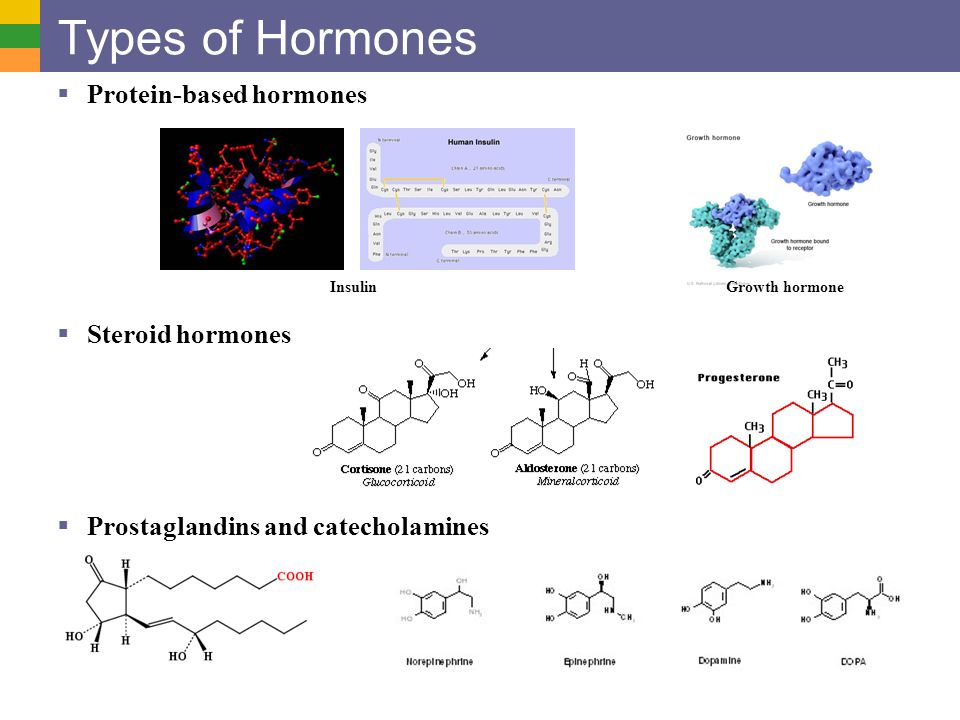

(When estrogen and progesterone production reaches a certain level during the menstrual cycle, these hormones act on the hypothalamus and pituitary to turn off production of LHRH, LH, and FSH.)Įxamples of ovarian suppression drugs that have been approved by the US Food and Drug Administration (FDA) are goserelin (Zoladex) and leuprolide (Lupron).īlocking estrogen production: Drugs called aromatase inhibitors are used to block the activity of an enzyme called aromatase, which the body uses to make estrogen in the ovaries and in other tissues. LH and FSH cause the ovaries to make estrogen and progesterone, which act on the endometrium (inner lining of the uterus). The hypothalamus releases LHRH, which then causes the pituitary gland to make and secrete LH and follicle-stimulating hormone (FSH). Drawing shows that in premenopausal women, estrogen and progesterone production by the ovaries is regulated by luteinizing hormone (LH) and luteinizing hormone-releasing hormone (LHRH). Approximately 90% of breast cancers in men are ER positive and approximately 80% are PR positive ( 3).Įstrogen and progesterone production in premenopausal women. Most ER-positive breast cancers are also PR positive.īreast cancers that lack ERs are called ER negative, and if they lack both ER and PR they may be called HR negative.Īpproximately 67%–80% of breast cancers in women are ER positive ( 1, 2). Breast tumors that contain estrogen and/or progesterone receptors are sometimes called hormone receptor positive (HR positive). Similarly, if the tumor cells contain progesterone receptors, the cancer is called progesterone receptor positive (PR or PgR positive). If the tumor cells contain estrogen receptors, the cancer is called estrogen receptor positive (ER positive), estrogen sensitive, or estrogen responsive.

To determine whether breast cancer cells contain hormone receptors, doctors test samples of tumor tissue that have been removed by surgery. The activated receptors cause changes in the expression of specific genes, which can stimulate cell growth. Hormone-sensitive breast cancer cells contain proteins called hormone receptors ( estrogen receptors, or ERs, and progesterone receptors, or PRs) that become activated when hormones bind to them. Progesterone plays a role in the menstrual cycle and pregnancy.Įstrogen and progesterone also promote the growth of some breast cancers, which are called hormone-sensitive (or hormone-dependent) breast cancers. Estrogen promotes the development and maintenance of female sex characteristics and the growth of long bones. The hormones estrogen and progesterone are produced by the ovaries in premenopausal women and by some other tissues, including fat and skin, in both premenopausal and postmenopausal women and in men. They affect the actions of cells and tissues at various locations in the body, often reaching their targets through the bloodstream. Hormones are substances that function as chemical messengers in the body.


 0 kommentar(er)
0 kommentar(er)
